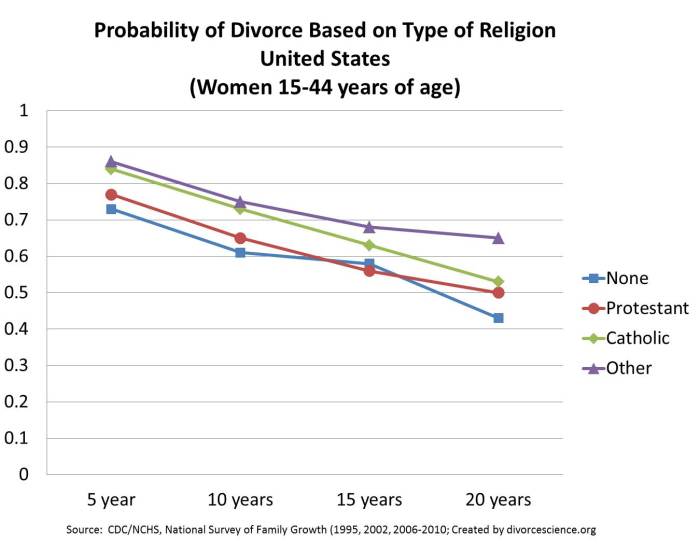Child Trends collects and organizes lots of data about children and families. Below are some the indicators that apply to marriage and parenting.
- Attitudes Towards Spanking (Attitudes Towards Spanking– Figure)
- Births to Unmarried Women (Births to Unmarried Women– Figure)
- Child Support Payments (Child Support Payments –Figure)
- Dating (Dating–Figure)
- Dating Violence (Dating Violence–Figure)
- Living Arrangements for Children– Single parents (Living Arrangements of Children–Figure)
- Fertility & Birth Rates (Fertility and Birth Rates–Figure)
- Heavy Drinking Among Parents (Heavy Drinking Among Parents–Figure)
- Parental Depression (Parental Depression– Figure)
- Parental Education (Parental Education –Figure )
- Parental Expectations about Academic Achievement (Parental Expectations about Academic Achievement– Figure)
- Religious Service Attendance by Children (Religious Service Attendance by Children– Figure)
- Secure Parental Employment (Secure Parental Employment– Figure)
- Sexually Experienced Teens (Sexually Experienced Teens– Figure)
- Teen Births (Teen Births– Figure)
- Teen Pregnancy (Teen Pregnancy– Figure)
- Unintended Births (Unintended Births– Figure)
- Young Adults in Jail or Prison (Young Adults in Jail or Prison– Figure)
